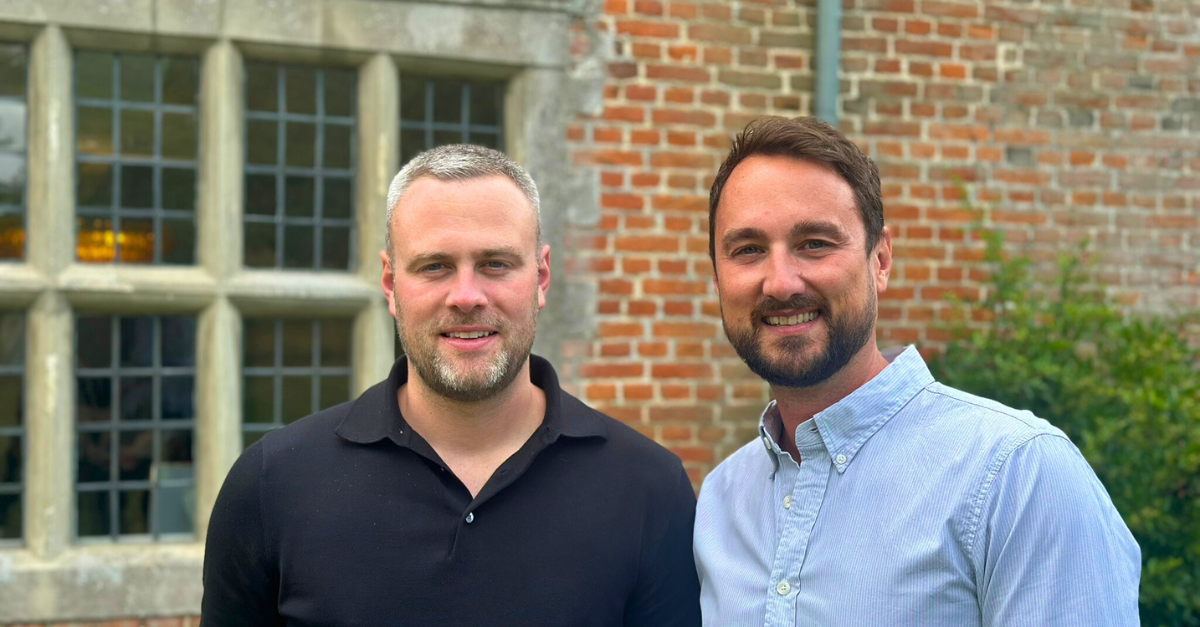High Performance Hiring in the Grid Edge Industries
As education has not yet caught up to the speed at which energy technology is advancing, recruiting niche talent in the energy industries can be very challenging, and a high-octane, proactive approach is required. These are rapidly growing fields with a high demand for skilled professionals and the competition for skilled talent is fierce. Recruitment methods need to evolve. Companies need to be strategic in their approach to attracting and hiring the best candidates in the industry. In this blog post, we'll explore some key points for talent attraction, talent development, and successful talent acquisition in this candidate-controlled market. Invest in Employee Development. The best employees in the energy industries are often highly motivated by opportunities for professional development and openings for career advancement. Companies can use this to their advantage by investing in employee development programs, such as training, internships, and financial support programs for higher education. This not only attracts top talent, but also helps to retain employees over the long-term. For example, internship programs that provide industry experience in tandem with academic coursework, expose young professionals to real world experiences early in their career. As they continue to develop and then (hopefully) convert to a full-time position post-graduation, you will not only have an individual trained on what needs to be done, but someone who appreciates what your company has offered them so far, and someone who wants to do good work for you. Often, there’s been times when we’ve seen former interns that are two to three years into their professional career in various energy companies provide just as much value as someone with five to six years’ experience. Networking and Employee Referral Programs. Networking is a crucial aspect of talent acquisition in the energy industries. Companies should encourage their employees to network and attend industry events, as this can be an effective way to build relationships with potential candidates. Companies can also host their own events like company sponsored after hour events (weekend brunches, happy hours, etc.). Additionally, companies should consider offering employee referral programs, which incentivize employees to refer their friends and colleagues to the company. These programs can prove to be a very effective source of great talent, as these referrals often come with personal in-house recommendations and can be a great cultural fit. Culture. Many think unlimited PTO, flexible hours, dog-friendly offices and remote setups are the answer to this, but these are rapidly becoming industry standard. Investing heavily in people, taking D&I initiatives very seriously, and hiring mission-driven people aligned to your company’s goal is the way to get ahead of your competition. Think of a company that has such a specific purpose in which those who join are completely motivated by the mission. Your employees will talk to their network putting the message of “how great it is to work here” out there, and by word of mouth, you will eventually see an influx of individuals looking to work for you. It is very difficult to architect a culture that is truthfully mission driven, but the companies who do it successfully will have great employees for a very long time. Speed of the Interview Process. Time is of the essence in the recruitment process, and quick action often makes the difference in securing top talent. Companies should aim to move quickly from the initial resume screening to in-person or virtual interviews, and to make a job offer as soon as possible. Candidates in these industries are often highly sought after, and it's important to move quickly to avoid losing them to another company. At the onset of opening a position, the hiring team should meet to define exactly what the interview process is. An interview process that lasts more than three rounds frequently causes candidates to lose interest due to disorganization and gives candidates more time to see what else is out there. Incorporating panel interviews to cut additional stages out of the process is a very effective means of ensuring your company does not lose out on candidates solely due to timing. Compensation and Offer Negotiations. Attracting the best talent in the energy industries requires a competitive compensation package. The saying “you get what you pay for” certainly applies, so for the sake of efficiency, early salary discussions about what candidates are targeting are crucial in making sure both the company and the candidate are on the same page. The candidate should understand the total compensation package, including equity, bonus, benefits, salary, PTO, etc. It is never wise to offer a candidate under their ask at the tail end of a process, especially in such tight talent market conditions where they are likely evaluating several offers at once. Companies should consider offering competitive salaries, as well as benefits and other incentives, such as stock options, short/long term incentive plans (STIP/LTIP) or flexible work arrangements. It's important to understand the candidate's priorities, such as work-life balance, opportunities for professional development, cash compensation versus equity, PTO, etc. After considering this information, companies will be in a position to understand what factors have the most weight, which ultimately positions the company to make the best offer possible per each candidate’s individual priorities. Utilizing Specialist Agencies. Recruitment agencies can be a valuable resource in the search for niche talent, as they have access to a wider pool of candidates, and through the power of their brand and network, are able to source candidates that may not be accessible through traditional mediums. Agencies often solely network in one industry, which provides a deep understanding of market conditions, relevant compensation, and a genuine understanding of where to find qualified candidates. Collectively, this gives agencies a unique advantage in being able to source high caliber talent faster than traditional internal methods. Although there is a fee involved with such service, companies need to evaluate the cost of hiring a great candidate quicker versus the cost of leaving this position unfilled for several months while waiting for the right candidate to come across their desk. Furthermore, for companies that have other priorities and can’t commit several hours per day to sourcing candidates and dealing with process logistics, agencies can keep the entire process organized through one point of contact saving countless administrative hours. What does this mean for recruiting within the energy efficiency industries? Recruiting niche talent in the energy efficiency industries requires a strategic and proactive approach. Companies should consider partnering with recruitment agencies with niche networks, developing talent and network development programs, enhancing interview process efficiency, and should treat offer negotiations as an open discussion. By following these strategies, companies can differentiate themselves from their recruitment competition and will have a competitive advantage when it comes to hiring the best talent the industry has to offer.







































